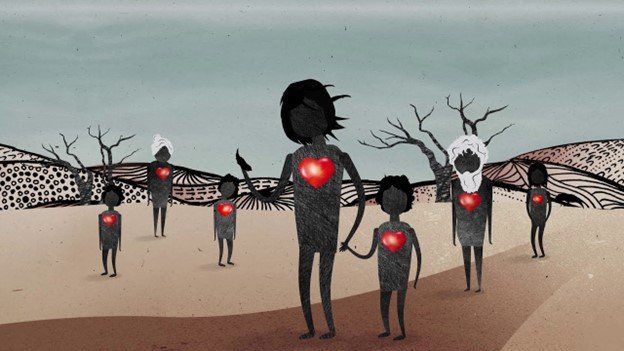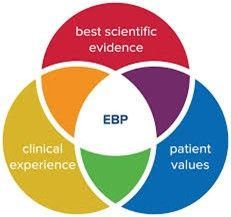3 Steps of the Trauma-informed Praxes Intensive Models
For parents to be successful with their children, they must first confront their trauma histories.

Whether an agency trains their staff in the Intensive Parent, Youth, or Child Model, they each provide 3 steps towards trauma-informed care.
Trauma-informed care for children and youth focuses on the understanding that they have experienced trauma. That they had histories of neglect, abuse, and witnessed domestic violence. Had major accidents, deaths in their families, or life-threatening experiences. And when it happens, the trauma doesn’t go away. It stays within the body; the trauma lingers in the right side of the brain, in certain parts of the body, and the emotions of the trauma survivor. Working with youths requires an understanding of their perspective on the trauma.
This goes for parents as well. They also may have experienced their own trauma. They may be biological parents, foster parents, or adoptive parents. And they are on a day-to-day level imparting their views of parenting to the children. But many have not dealt with their own traumas, and then incorporate that perspective through to their children.
It’s seen all the time. Parents on one end of the spectrum are so afraid of their children that they abandon their role as the head of the household. They may work to pay the bills and provide food and clothing, but they can’t parent their children. When Roberta yells at her mom to buy her a cell phone, the mother’s trauma regarding loud noises causes her to withdraw and let her child boss her around. Or on the other end of the spectrum, the parent is so strict their child can’t be a child. If Jimmy laughs when he shouldn’t, the father’s abuse from his parents is repeated on the child. These parents may have grown up in past homes with violence or abuse and keep the pattern in the present.
But our Intensive Models for the Parent, Child, or Youth offer interventions that work with trauma-based behaviors. It’s not meant to be a trauma treatment. But it does take the first move forward in helping parents and children heal.
Here are 3 steps that it takes to accomplish this.
1. Stress Reduction. When parents or children experience trauma, it unsettles their body’s ability to manage stress. For most of us, when we are in a stressful situation, our body activates the sympathetic nervous system to respond to the crisis and then deactivates through the parasympathetic nervous system. But when someone has trauma, their bodies aren’t able to access the latter, leading them to a constant state of hypervigilance. But with the Stress Reduction session, the parent or child learns about how stress affects them. Practices relaxation exercises. Develops skills to circumvent stressful situations. Creates a plan for more exercise, better nutrition, and doing something fun for themselves.
2. Assertive Communication. Parents of children in trauma either overreact (aggression) or underreact (passive). Yet there is some midpoint where they can respect themselves and others through understanding assertive skills. The session teaches them how to stop avoiding conflict and ask for what they want calmly. Learning how to take criticism without withering. Being persistent without being pushy.
3. Family of Origin questions or intergenerational trauma. In each family, a child learns how their parent manages stress. Communicates. Handles discipline. And in families of abuse or violence, when the child becomes a parent, in many instances they repeat the pattern. The child also takes on those behaviors; a dad who was a bully creates a child who wants to be aggressive with others. Taking time to “hit the pause button” and look at their behaviors helps the child or the parent decide what they want to do differently. And how that can happen.
These are some examples of how the Intensive Models for the Parent, Youth, or Child help navigate the trauma-informed care road.
For more information about these training programs, please contact us.




